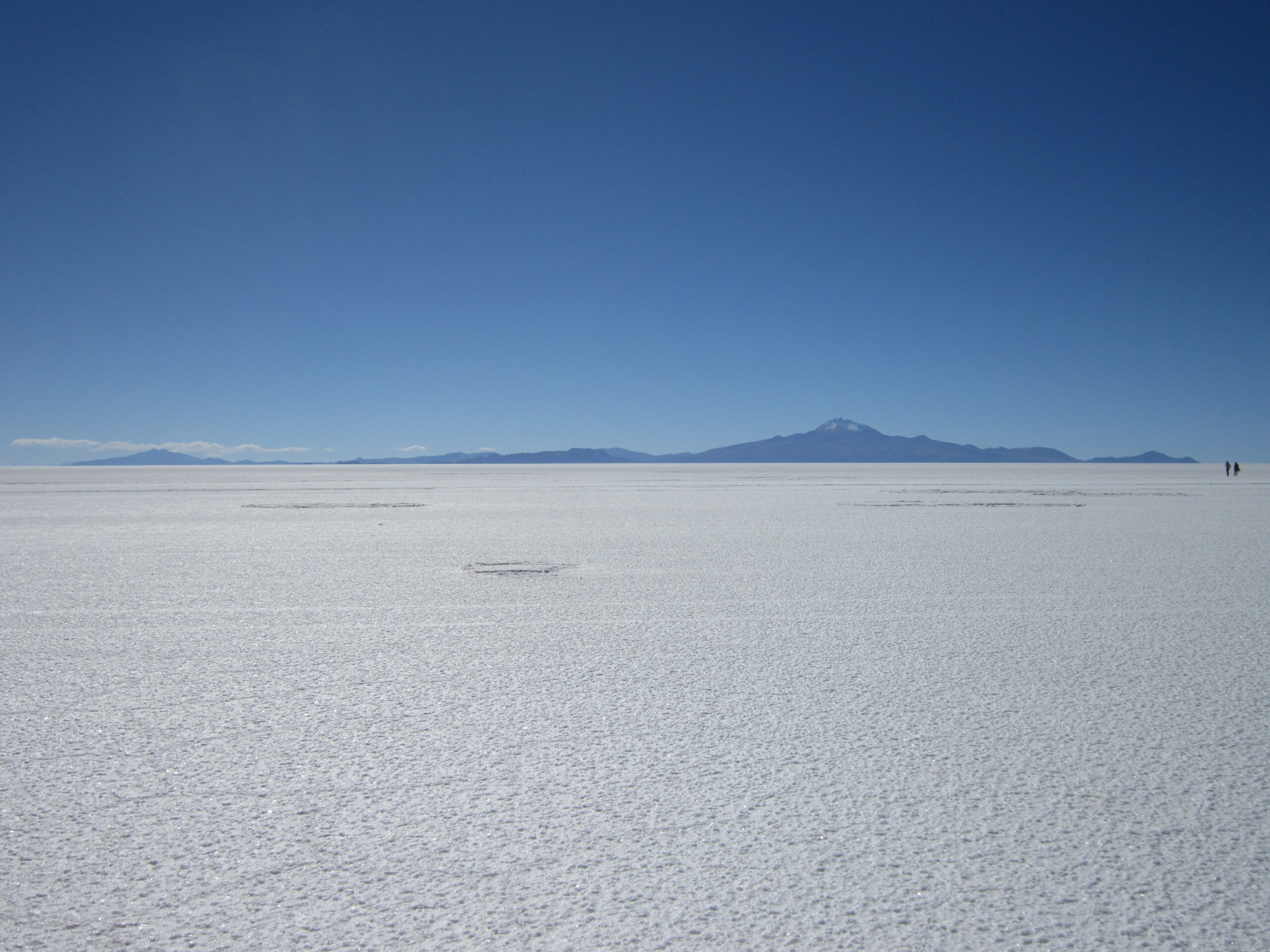
Maybe it was the fact I was away from the tourist mecca of Cusco, or more likely it was the amazing selection of food, but I ended up staying almost a week in Arequipa. It’s dubbed the White City due to the stone used from the nearby volcano and it has all the charm of a large colonial city. It actually made me think it was a mini version of Lima.

The biggest attraction in Arequipa are the nearby canyons, boasting the deepest canyon in the world. It was a three day trek out of the canyon, so I decided to pass up on the visit.
The Plaza de Armas has the cities cathedral taking up an entire block. On both sides of the plaza are two story mansions with a dozen great restaurants on the top floor with balconies overlooking the plaza. They are great just to sit and watch the people below go about their business. One of the restaurants I ended up going back to a few times, they made a fantastic pepper steak for only s/25 and it was a serious show of will on my part not to keep returning every day!

The cathedral itself is pretty awesome. I had a guide to myself to show me around and explain some of the more interesting aspects of the cathedrals treasury, such as the sceptre given to John Paul II when he visited, something which he didn’t use as he had his own pope equipped one. The guide shrugged this off, obviously a sore spot for the people of Arequipa. They have also opened the roof to tourists and when I asked about the graffiti on the bell she explained that they only opened the roof as part of the tour recently, as previously people would bribe the guards at the rear of the cathedral to get to the roof!

A block from the cathedral is the Santa Catalina Monastery. This monastery for nuns takes up an entire block, it’s so huge it has its own streets within its walls. The bulk of the monastery is open to the public, where you can visit the old rooms where the nuns used to live (oddly they’re not called rooms, but cells) and the communal kitchen. Many of the cells have their own small kitchen with clay ovens (they still smell of burnt wood, which I can only assume they light up for the tourists immersion sake) and most interesting is the cell of the doctor that has on display 18th century medicines.

At some stage they realised that running water was important and many of the cells have a water trough running through them cut out of the stone floor. I hope they only used these for washing and disposing of dirty water, as I can’t imagine
drinking from it would have been overly hygienic.
Another interesting aspect of the monastery is their history of taking donations to support itself. In times when the city was shaken by earthquake and donations would dry up, they would sell off slave girls and reduce their numbers to get by. This is an amazing contrast to the fine china plates, priceless paintings and golden art they surrounded themselves with all in the name of poverty and modesty. The hypocrisy never fails to surprise.

After trying out each of the restaurants on the plaza and sampling the delicious sweet red wine from the region, I had to drag myself away and head to Lake Titicaca and the town of Puno. After a 5 hour bus ride that smelt a little too much like urine, the bus arrived at the top of Puno and made its decent into town. From
this view point, and one I would return to the next day on a tour out to the ruins, you can see the entire town with the stunningly blue Titicaca stretching out into the horizon.
Getting off the bus I was accosted by the usual touts trying to sell their hostals.
Occasionally there is actually a good one, and this was one of those cases. The hostal was right in the centre of town, a block away from the tourist drag, with hot water and wifi. Satisified I spent the rest of the afternoon checking out the tours to the ruins of Sillustani. I’d accepted at this stage that visiting ruins in southern Peru was only done with tours, whereas in the north you can just catch a cheap public mini bus out to their attractions.


The next afternoon I was jammed into a bus and made the hour journey out to Sillustani. Sillustani is a burial site where the pre-Inca civilisation of the Aymara. The tombs are tall towers of stone where successive generations of families were buried. The site was used only for the elite, while off in the distance on a nearby mountain the guide pointed out more of these tombs used by the peasants.
When the Inca enviably invaded, they allowed the Aymara to retain their culture and language, and the Sillustani burial ground was incorporated into Inca burial
rites as shown by the Inca masonry on some of the towers. It would seem that the Aymara people kept their culture all the way to the 21st century, with the surrounding villages made from adobe clay and distinctive walled homes with archway entrances with animals perched on the arch watching visitors enter.
In fact the residence of Lake Titicaca have all kept their millennia old cultures, making the visit to this region an amazing experience.
But more on Lake Titicaca and it’s islands in the next post!


One response to “Arequipa to Puno”
You seem to have a thing for taking close up photos of bottles of beer.